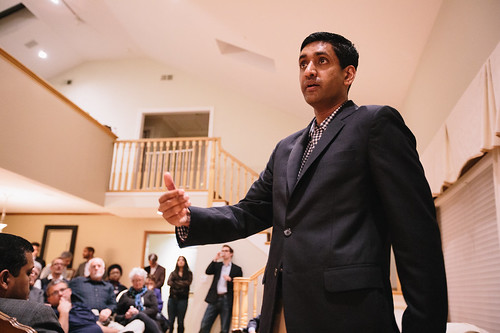 SB 52 would require clear disclosure of political funding
SB 52 would require clear disclosure of political funding
by Brian Leubitz
In a state like California, big political campaigns tend to come down to the ads. Yes, field and grassroots outreach makes a huge difference, but a huge onslaught of money can kill a good ballot measure or campaign before you can really do the grassroots part of the campaign.
And yet, money can fly in from parts unknown and make a huge difference in the course of a campaign. See, for example, the huge sums of money dropped in from Maine, Arizona or some other place that we have yet to determine on Prop 32.
Unfortunately, we can’t stop the cash avalanche, but the Clean Money campaign and their allies are working to pass the California DISCLOSE Act, SB 52. As you can see from the image to the right, the law would require clear disclosure of the true source of funds for any advertisements. It will tell voters who is really funding propositions and Super PAC attack ads.
Here’s a brief explanation from the Clean Money Campaign (CMC):
SB 52 will stop special interests from hiding behind fake names like “Stop Hidden Taxes” or “Stop Special Interest Money Now”. Political ads will be required to clearly show their three largest funders. Committee websites will have to show their top ten major funders.
SB 52 will require these disclosures be displayed on the bottom one-third of the TV screen for a full six seconds at the start of ads, so people know who the funders from the beginning. In fact, the funders must be displayed in a big white font on a solid black background. No more fine print.
Authored by Senators Mark Leno and Jerry Hill and sponsored by the California Money Campaign, SB 52 will apply to ads for and against ballot measures, and to outside ads for and against candidates – including sham issue ads. It will tell voters who is really funding propositions and Super PAC attack ads.
Now, SB 52 already has some pretty strong support in both chambers of the legislature, but because this would amend the Political Reform Act of 1974, a voter passed measure, a 2/3 vote of both chambers is necessary. So, the CMC is looking for a little bit of help. If you’d like to see what you can do, they have a lot of information available at their website or if you’d like to go to the committee hearing tomorrow, you can RSVP on their website.

 Measure would increase minimum wage and then tie it to inflation
Measure would increase minimum wage and then tie it to inflation
